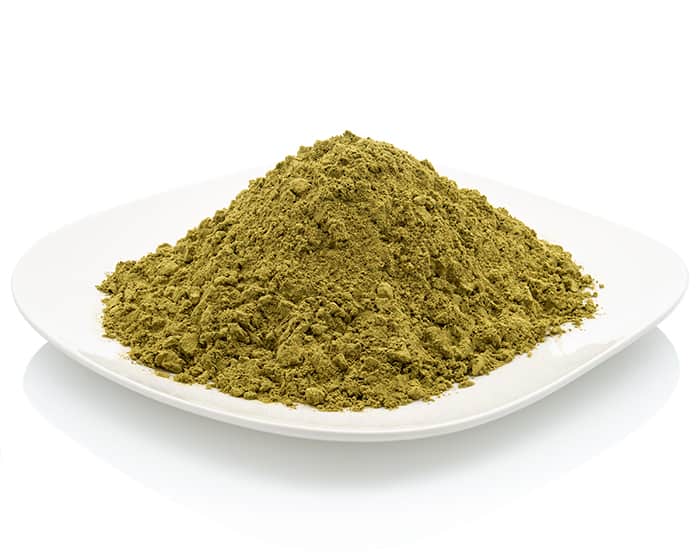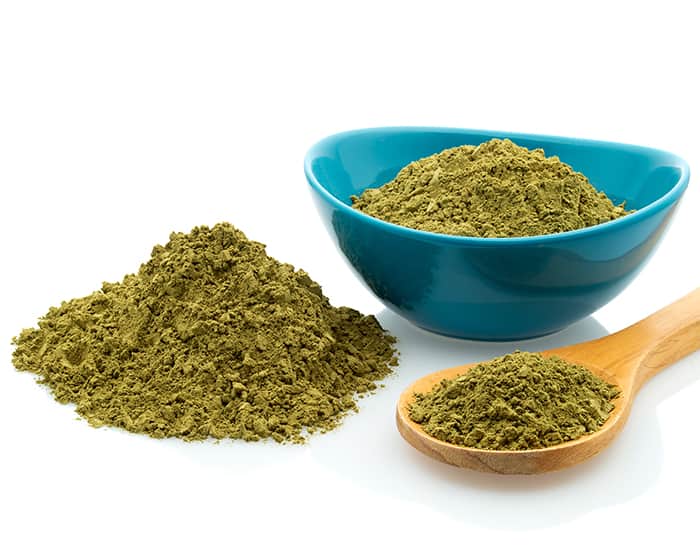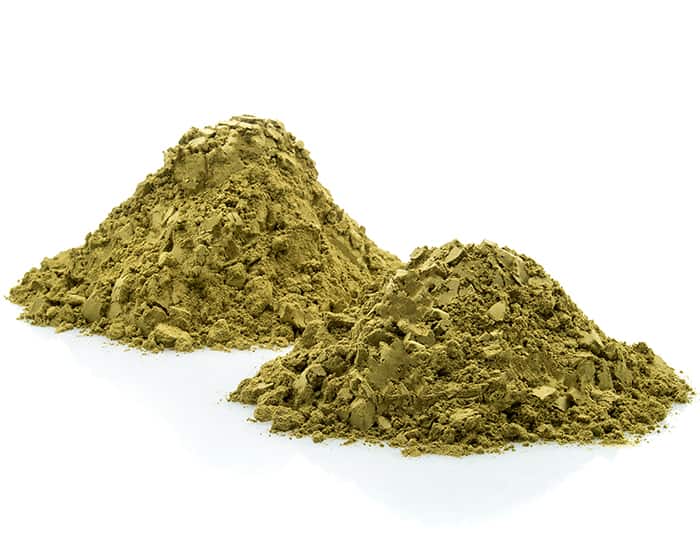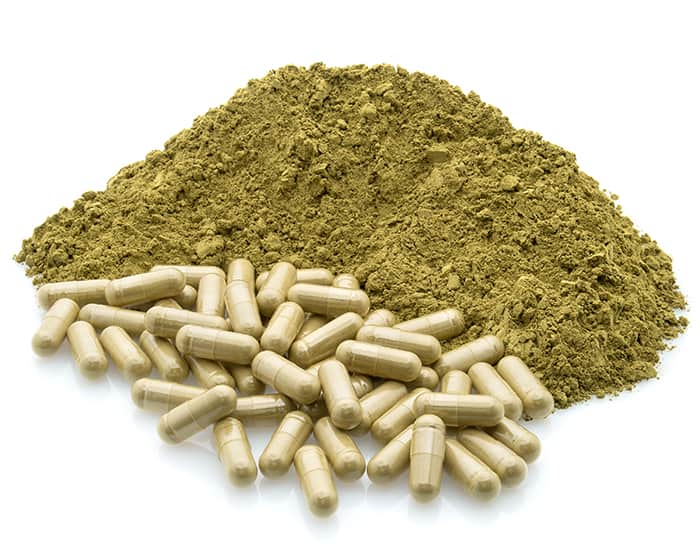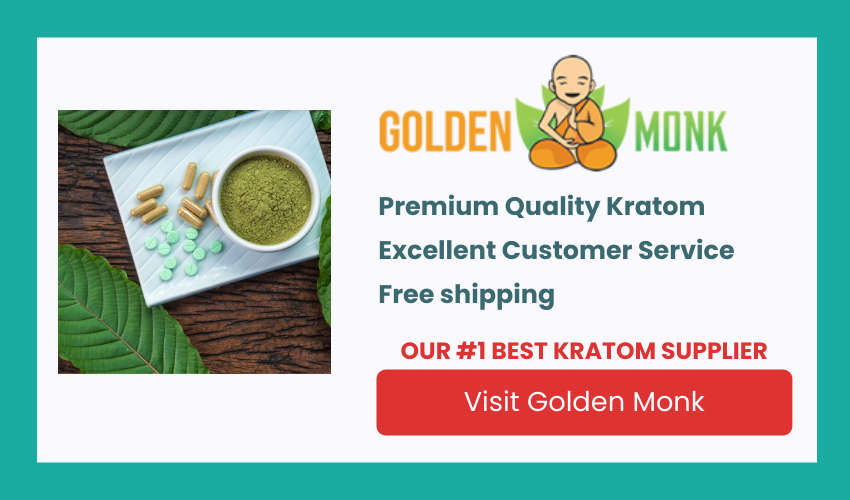The use of Kratom for medicinal and recreational purposes stretches to well over a hundred years. This herb comes from the region of Southeast Asia in countries such as Thailand and Indonesia. However, it captured global attention only recently, and it’s already enjoying wide acceptance in different parts of the world.
Part of the reason for the continued popularity of Kratom is its versatility. The same strain can be used for different purposes, which is honestly brilliant. At low doses, Kratom works as a stimulant. This is where people harness the benefits of energy boost and improved cognitive functions. As you increase the doses to medium and higher levels, the herb starts to work like a sedative and an analgesic. It’s at this point that users start witnessing painkilling benefits, relief from stress, anxiety, and depression, and mood enhancement. Even higher doses of Kratom result in euphoria.
These are our #5 favourite kratom products of 2024
White Vein Sumatra originates from the large tropical island of Sumatra in Indonesia. White Sumatra is similar to White Vein Bali and White Vein Borneo. This product is lab-tested and has a full satisfaction guarantee.
Green Hulu Kapuas originates from the province of West Kalimantan in Indonesia. Green Kapuas is a popular strain and is similar to other green vein strains such as Green Malay and Green Borneo. This product is lab-tested and has a full satisfaction guarantee.
Green Vein Borneo, like White Vein Borneo, gets its name from the Island of Borneo in Indonesia. Green Borneo is the third most popular green vein strain behind Green Bali and Super Green Malaysian. This product is lab-tested and has a full satisfaction guarantee.
Green Vein Bali originates from the island of Bali in Indonesia. White, Red & Green Bali are popular color variations of the same Bali strain. This product is lab-tested and has a full satisfaction guarantee.
Each gelatin kratom capsule contains 600 mg of premium kratom powder. All kratom capsules are packed professionally with finely-ground lab-tested kratom. This product is lab-tested and has a full satisfaction guarantee.
Replacement for opioids
You probably know that Kratom can be used as a replacement for opioids. In other words, Kratom is known to be effective for the treatment of opioid withdrawal. In this application, users take Kratom to satisfy the brain’s cravings for opiates, and as a result, the addict will not feel the compulsive urge to take opiates. In addition to that, none of the harsh withdrawal symptoms will be felt. But how exactly does Kratom achieve this?
What most people don’t know is that Kratom functions like an opioid. The two primary alkaloids present in Kratom, Mitragynine and 7-Hydroxymitragynine, have opioid-like properties. This allows the two compounds to get into your system and bind to the opioid receptors in your brain in the same way that opioids such as morphine and codeine do. It mostly binds to the mu and kappa opioid receptors. What makes Kratom standout from the rest of the opioids is that it is not as aggressive as these other substances. As a result, it delivers the required effects without wreaking havoc on the users’ overall health.
Here is the problem though, using high levels of Kratom for an extended period can lead to addiction. After taking Kratom for some time, your body will start to develop tolerance to the herb. Soon afterward, you will realize that your regular doses are no longer as effective as they used to be. This will force you to either increase the dose, get a more potent strain or potentiate the herb with other compounds. Whichever path you take, continued use of Kratom will ultimately result in independence. Your body will slowly start to associate all the optimism, positive mood, and other general feelings of happiness with Kratom. In the end, you will develop a compulsive habit in using the herb even when the adverse effects are becoming overwhelming. At this point, you’ll be looking at a full-blown Kratom addiction problem in your hands.
Kratom Withdrawal Symptoms
When you’ve already developed a dependence on Kratom, and you try to stop taking it suddenly, you are going to experience a number of harsh reactions. These are what we refer to as the Kratom withdrawal symptoms. The symptoms are typically physical and psychological. They include:
- Anxiety
- Depression
- Sweating
- Muscle aches
- Insomnia
- Fatigue
- Nausea and vomiting
- Tremors
- Cramping
- Diarrhea
- Runny nose
- Watering eyes
- Hot flashes
- Dilated pupils
- Loss of appetite
- Irritability
- Lethargy
- Hallucinations
- Paranoia
- Aggressive behavior
- Delusional thoughts
How long these symptoms will last, and their intensity hugely depends on the level of addiction. If, for instance, you’ve been using high amounts of Kratom for a very long time, then the severity is likely to be very high. On the other hand, people who haven’t been using Kratom for too long are likely to have a milder withdrawal but very uncomfortable nonetheless.
What’s the Kratom Withdrawal Timeline?
Most of the finer details regarding Kratom are still under research. The withdrawal timeline is part of the information that is still not very clear. However, due to the striking similarities between Kratom and opioids, it’s withdrawal timeline is also closely associated with that of similar opioids. Based on this, the withdrawal is estimated to be an average of between 7 to 10 days. It all varies depending on the extent of the addiction.
- First 24 Hours – The withdrawal symptoms usually start within 24 hours after your last Kratom dose. You will experience both physical and psychological symptoms. You can expect the urges for Kratom to intensify. You will also experience a runny nose, sweating, insomnia, agitation, muscle aches, among other symptoms.
- 2 to 5 days – The peak in the severity of the withdrawal symptoms is at this point. You can expect some really harsh symptoms, which could even become unbearable. Some people usually relapse at this point, especially if they are not getting any medical assistance. The stage is characterized by dilated pupils, diarrhea, abdominal cramps, etc.
- 6 to 10 days – The symptoms will start to spiral down at this point.
Remember that the above timeline is an average, and hence your specific experience will vary depending on various factors such as:
- Frequency of Kratom use
- History of substance use disorder
- Physiology
- Medical history
- Presence of another substance abuse
Kratom Detox
Kratom detox is paramount to help you get back on your feet. We always encourage people with Kratom use disorder to contact drug addiction helplines for medical detox, which is beneficial in several ways. With the assistance of professionals, you will have an easier and more comfortable time quitting Kratom. You may be placed under other medications to treat the withdrawal as they remove the Kratom form your system.
Another advantage of seeking professional help is that they will also address the psychological aspect of addiction. This is very important in making sure that you stay clean from this and other substances, even in the future.
Treatment Options
Several treatment options are available for all cases of Kratom addiction and withdrawal. It’s possible that you are not experiencing any withdrawal symptoms yet, but you already know that you are addicted to the herb. It’s also possible that your symptoms are not life-threatening, but they are still keeping you uncomfortable. We also understand that you could be in a very terrible state with intense symptoms. Whatever the state you are in, reaching out to addiction helplines will connect you with the appropriate treatment for your unique situation.
Inpatient – This is a good option for heavy addicts. It offers close supervision where you’re constantly kept comfortable while also protecting you from possible complications.
Outpatient – This is an excellent alternative to the people who are not in a severe state. It can also be used by hard addicts who’ve already gone through the detox, and they are trying to transition back to society. Outpatient basically entails scheduled appointments with the professionals as you continue to live your life out there. The appointments could be on a daily or weekly basis, depending on the stage of your recovery. It’s vital to join a sobriety group while under outpatient treatment. This will help stay on course to full recovery.

